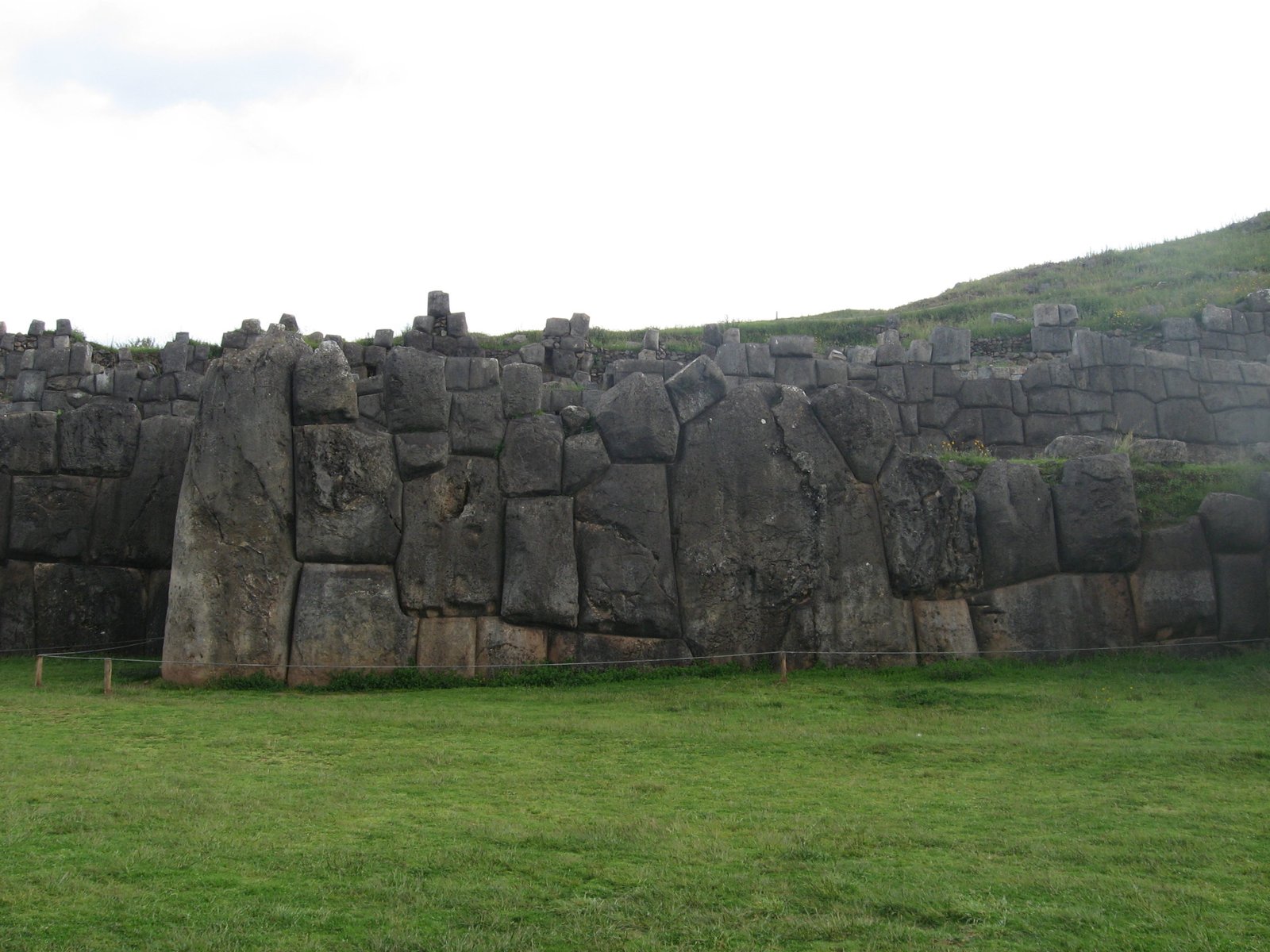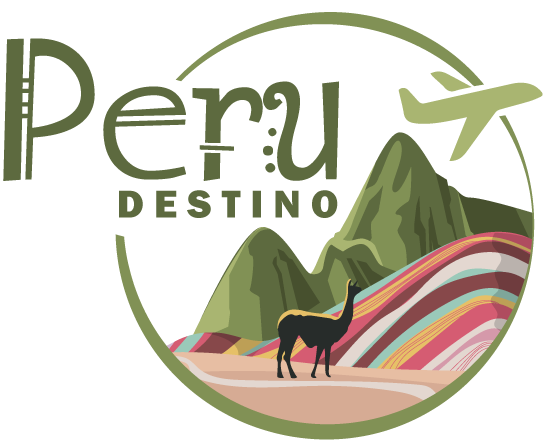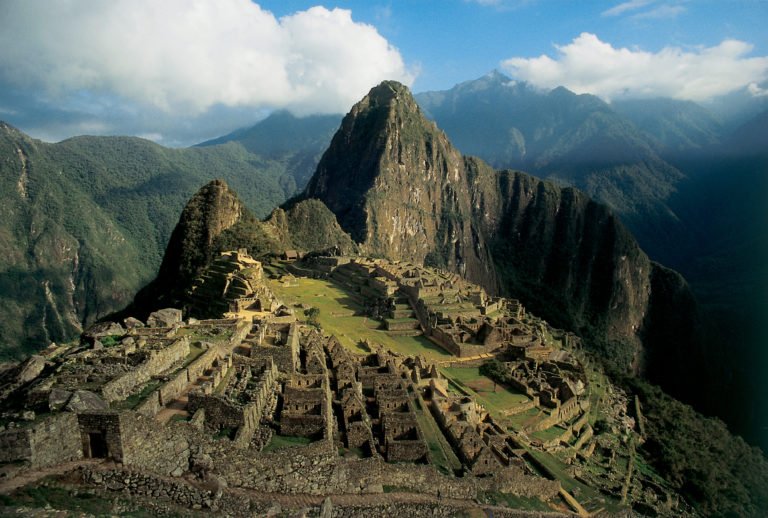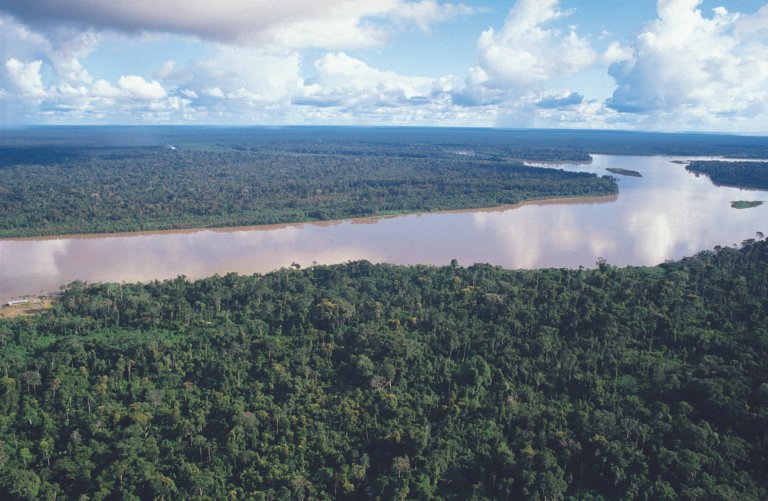Cusco
CUSCO
The city of Cusco is located in the southeastern Andes. Its name in Quechua jeans “center of the world”, when it was the capital of the empire or Tahuantinsuyo (four regions.) Legend has it that the city was founded by Manco Capac and Mama Ocllo, who rose out of Lake Titicaca.
The architectural legacy of Cusco dates back to the 15th century and is attributed to the inca Pachacutec (1438 -1471), who built the city´s most remarkable constructions, including fine stone carving and perfect loocking betwen stone blocks, and the trapesoidal desing of entryways. These buildings incluye Sacsayhuaman, in the upper part of the city; the Koricancha (temple of the sun) on top of Vich the Spanish built The Santo Domingo convent; and on the street called Hatun Rumilloc (two blocks from the main square), the wall that includes the famous 12-sised stone.
Following the arrival of the spaniards, Cusco became a mestizo and colonial city featuring splendid colonial constructions, built on top of inca foundations, and wich debeloped its own mestizo style of architecture and paintings that can be seen in the Cathedral and the Compañía de Jesús church.
The city is known as the archaeological capital of the Americas UNESCO declared Cusco a World Heritage Site in 1983.
Altitude: Cusco: 3,360 meters (11,020 feet); Sacred Valley: 2900 meters (9,512 feet)





How to Get There:
By air:daily fligts from Lima (55 minutes), Arequipa (35 minutes), Puerto Mldonado (30 minutes) and La Paz, Bolivia (1 hour, fligts every other day).
By rail:from Puno, 384 Km (238 miles) in 10 hours.
Overland:by bus, from Lima via Nasca and Abancay, 1,131 Km (701 miles) in 19 hours; and from the city of Puno, 389 Km (241 miles) in 6 hours; and from Arequipa, 528 Km (327 miles)in 10 hours via Juliaca.
Recomendations: Visitors need to get used to the high altitude. Eat easily-digestible food and drink coca tea (called mate de coca) to ward of high altitude sickness of soroche.




